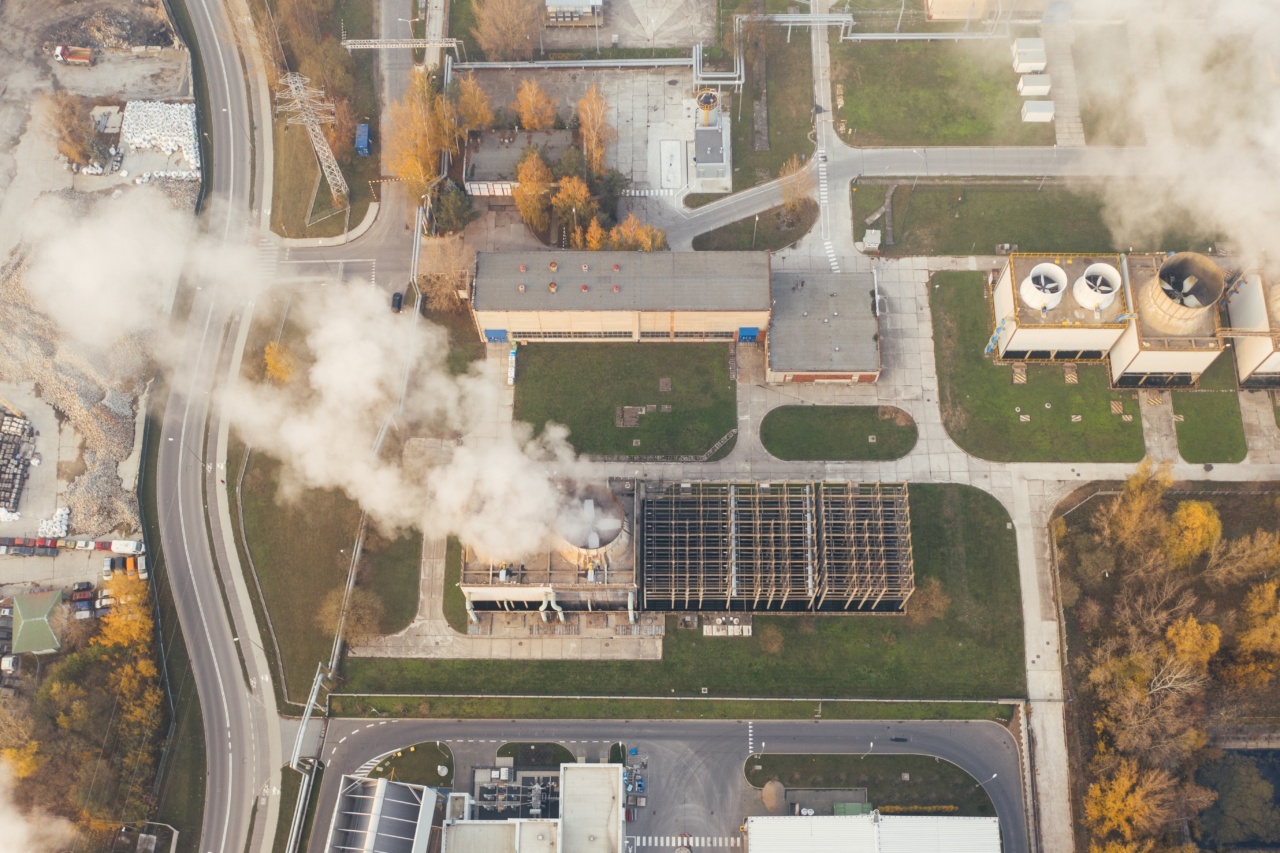Climate change is no longer a theory; it is a reality that is affecting almost 7.8 billion people around the world. The world’s temperature is increasing at an alarming rate, and humans are experiencing the adverse effects of climate change.
The changes in weather patterns, rising sea levels, and extreme weather conditions are just some of the many impacts of climate change that are causing deterioration to our planet. However, the burden of climate change is not evenly distributed across the world. Certain countries and communities are experiencing the brunt of climate change, while other parts of the world remain largely unaffected.
This article will discuss the majority of the global population experiencing climate change and the reasons behind it.
What is Climate Change?
Climate change refers to the long-term changes in the Earth’s climate system, primarily caused by increased levels of greenhouse gases in the atmosphere.
Human activities, such as burning fossil fuels and deforestation, are primarily responsible for the increase in greenhouse gases that trap more heat in the Earth’s atmosphere, leading to global warming.
Effects of Climate Change
Climate change has myriad effects on the environment, human health, and economies. The effects of climate change can manifest in various forms, including:.
Rising Sea Levels
Rising temperatures cause glaciers and ice caps to melt, leading to a rise in sea levels. As sea levels increase, low-lying areas and coastal cities become more prone to flooding, erosion, and devastating storms.
Extreme Weather Conditions
Climate change causes extreme weather conditions such as heatwaves, droughts, floods, hurricanes, tornadoes, and wildfires. These events can destroy homes, livelihoods, and communities, leading to economic losses and displacement of populations.
Food Insecurity
Climate change threatens global food security by affecting crop production, reducing food supplies, and causing food insecurity in different parts of the world.
The lack of rainfall in some areas results in crop failures, affecting food supplies and prices.
Health Impacts
Climate change increases heat-related illnesses, respiratory diseases, allergies, and infectious diseases such as malaria and dengue fever, affecting the health of millions of people around the globe.
The Majority of the Global Population Experiencing Climate Change
Climate change is a global phenomenon, and every country will experience the effects of climate change in some form. However, some countries and communities are experiencing the consequences of climate change more acutely than others.
According to the Global Climate Risk Index 2020, the countries most affected by climate change between 1999 and 2018 were Puerto Rico, Myanmar, Haiti, the Philippines, Pakistan, Vietnam, Bangladesh, Thailand, Nepal, and the Dominican Republic. These countries experienced extreme weather conditions such as storms, floods, and heatwaves, leading to heavy losses in human life and infrastructure.
Some of the reasons behind the disproportionate burden of climate change on certain countries and communities include:.
Geography
The geography of a country determines its exposure to different hazards associated with climate change.
For example, low-lying island nations are more vulnerable to rising sea levels and storm surges, while countries in arid regions are more prone to droughts and heatwaves.
Economic Status
Developing countries, especially those in Africa and Asia, are highly vulnerable to climate change due to their economic status.
These countries have low resilience to climate change impacts and limited resources to respond to natural disasters or mitigate climate change effects.
Dependency on Agriculture
Countries that depend heavily on agriculture for their economy are more vulnerable to climate change impacts. Climate change causes crop failures, affecting food security and livelihoods of people in these countries.
Conclusion
Climate change is a global phenomenon affecting millions of people around the world. However, some countries and communities are experiencing the effects of climate change more acutely than others.
The global effort to mitigate climate change and its effects should focus on supporting vulnerable communities and countries, reducing greenhouse gas emissions, and promoting climate adaptation measures. It’s high time that we take collective action to combat the effects of climate change and preserve our planet’s future.





























